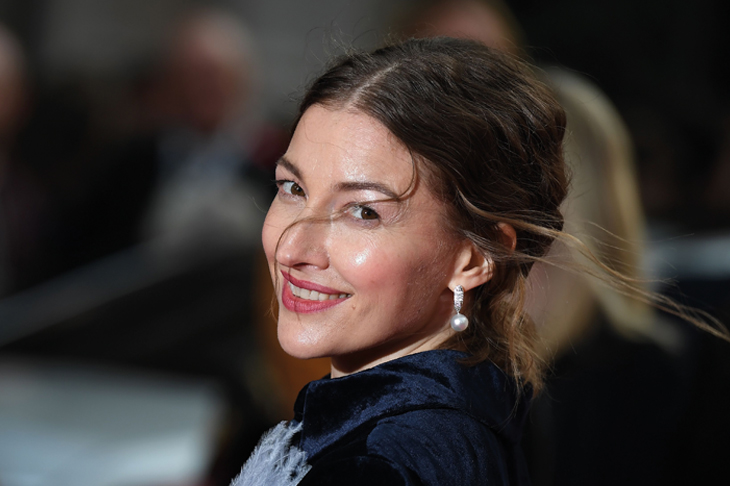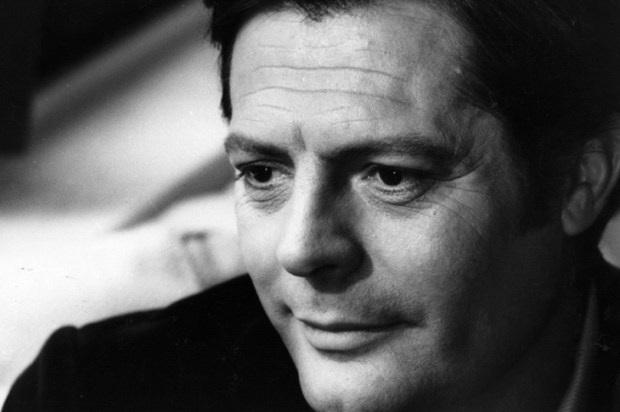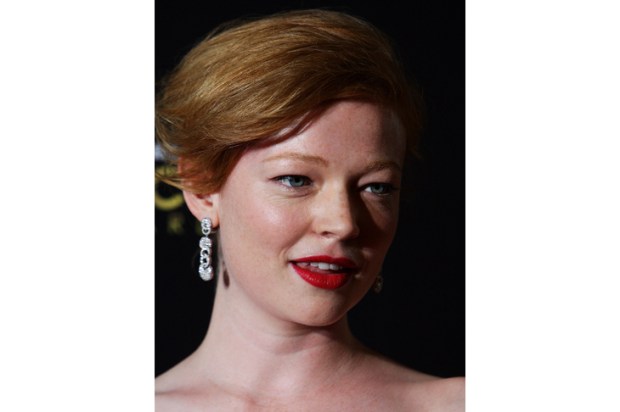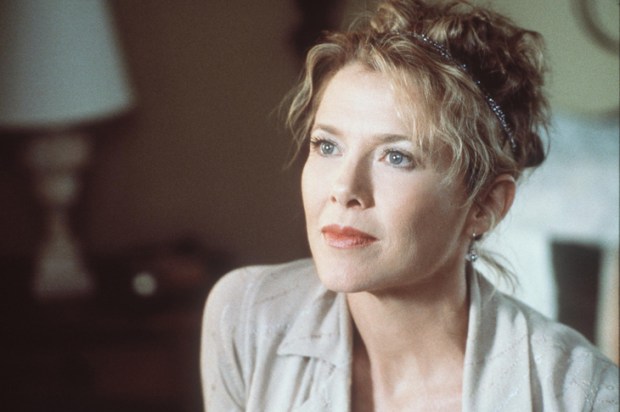The morality of art always seems like such a simple thing. The Greeks want back the so-called Elgin Marbles pilfered by the Lord of that name where they rightly belong in the Parthenon, that monument to what generally feels like the greatest civilisation we know, certainly the most soaringly beautiful and sunlit of the civilisations we derive from. It seems straightforward, doesn’t it, and David Hill that former overlord of the ABC was holding forth eloquently for restitution in the Nine papers. It was all the more salutary to stumble on that thoughtful man of the left David Aaronovitch putting the case against in one of his London Times columns. The Greeks had done little to protect the great sculptures of Phidias and his associates over the centuries and what had we done with the ideal of the great museum, the all-encompassing gallery that contained the infinity of art in its given instances? Aaronovitch also pointed out the irony that more people backed the restitution of the great Greek art than had ever bothered to go and see it in the British Museum.
And the great museum that contains the world is only contingently the product of empire: the Imaginary Museum as the modernists liked to call it, is also a monument to the imagination.
It was the 200th anniversary of the death of Shelley a few weeks ago and Shelley, who has claims to being the most purely eloquent poet in the whole of English literature, did what is sometimes thought of as the greatest translation from Greek drama – the great Periclean parallel to the sculptures – in the form of one of those satyr plays which were not towering tragedies in the manner of Sophocles’ Oedipus Rex or Euripides’ The Trojan Women but kinky comedies of a sort and it was on the Cyclops of Euripides that Shelley used his clairvoyant ability to shift between languages and literatures. After all, it was Shelley in The Triumph of Life who actually deployed terza rima, the verse form Dante had used in The Divine Comedy which in anyone else’s hands sounds contrived or forced in English but which Shelley tosses off with extraordinary panache and hauteur as he makes the medium of the great Florentine poet, with all the abundance of the simple vowel set of Italian, sound like something that was just waiting to happen in English and he does it too with a Dantean savagery and sparkle making it bitingly clear what he makes of his contemporaries.
There is an extraordinary poignancy in the lives (and premature deaths) of that second generation of Romantics that haunts us like the tragedy of an irrecoverable age. Keats’ letters have a sort of uncanny maturity that complements the poetry, and point to what might have been if he had lived. And it is Shelley who wrote the great elegy to Keats Adonais which Mick Jagger read a lifetime ago in 1969 at that legendary Hyde Park concert for his fellow band member, Brian Jones.
And wherever you turn with the great Romantics you get a sense of a sort of devastating glamour and then of the wave that destroys it. There is the crispness and sparkle of Byron’s Don Juan, that pure ease of articulation, but the lord who was ‘mad, bad, and dangerous to know’, also wrote journals which are funny and brilliant at every point.
Is it possible that streamer television, the epic mode of the age it sometimes seems, could actually dramatise the lives of the Romantics? Jane Campion did it in Bright Star with Ben Whishaw as Keats but the field is open and extraordinarily rich.
Speaking of streamers, The Twelve, the one about the murder trial and the jurors, has finally shown all ten of its episodes and it is now sitting there on Foxtel for anyone to swallow in long-savouring sections. The very last episode, just glimpsed, shows Sam Neill at the height of his powers as the QC who finds himself, for all his suavity and irony, caught up in the world of darkness and bewildering confusion. Neill, who did poetry on Instagram during the Covid lockdowns, has a voice that can convey a world of complexity and appal. The Twelve may have faults of exposition but with performances like Neill’s and Kate Mulvany’s as the artist accused of murdering a young girl anyone who starts watching it is likely to finish.
Is that true of J.K. Rowling’s gargantuan new detective story The Ink Black Heart, under her pseudonym Robert Galbraith with her hero Cormoran Strike? The new book, even more than its predecessor, is huge for a detective story – notably longer than the early masterpieces in the field by Dickens’ friend Wilkie Collins, The Moonstone and The Woman in White – which can seem like the Homeric epics of the genre.
It was instructive recently to see Rowling’s collaborator on Harry Potter and the Cursed Child, the playwright Jack Thorne, as the scriptwriter of Gregor Jordan’s 2019 film of Tim Winton’s Dirt Music. The free-for-all aspect of the book is very much cut back and the action with Garett Hedland as Luther Fox and Kelly Macdonald as the woman who falls in love with him is shrouded, almost swallowed, though the overseas leads speak in impeccable Australian accents. The upshot is like a fraction of Winton’s canvas though arguably the more viable one. He is the Australian writer who, as much as anyone since the heyday of Tom Kenneally, has done most to span the gap between the popular and the artistically realised so that it’s slightly weird with Dirt Music to see how close the Jack Thorne script and Gregor Jordan’s directing come to turning the book – which is sometimes certainly broadstroke and populist – into an art movie though one where you care about the central figures.
Art and pleasure are meant to collide. When Sophocles dressed his chorus in black to honour the death of Euripides it was a gesture from the Broadway of its day. And isn’t it marvellous that in Dante’s Florence, the seedbed of the Renaissance, it’s now possible to look at the great Masaccio frescoes at Santa Maria del Carmine by simply climbing up the scaffolding and taking as close a look as you like?
Got something to add? Join the discussion and comment below.
Get 10 issues for just $10
Subscribe to The Spectator Australia today for the next 10 magazine issues, plus full online access, for just $10.
You might disagree with half of it, but you’ll enjoy reading all of it. Try your first month for free, then just $2 a week for the remainder of your first year.














Comments
Don't miss out
Join the conversation with other Spectator Australia readers. Subscribe to leave a comment.
SUBSCRIBEAlready a subscriber? Log in